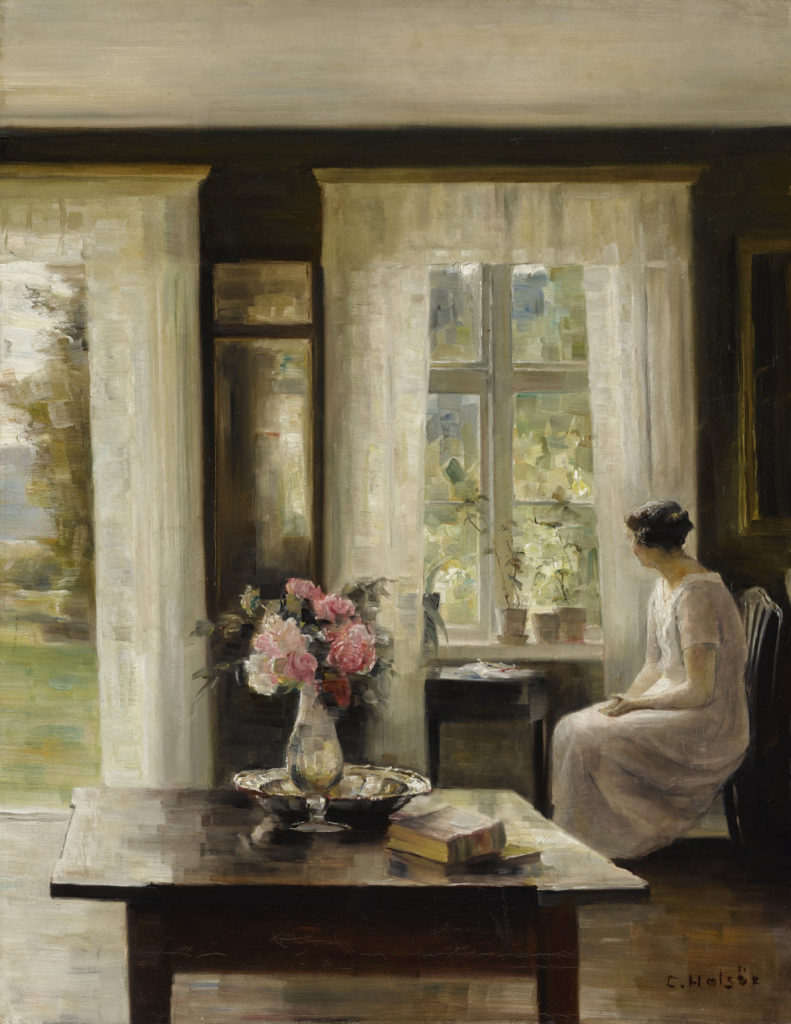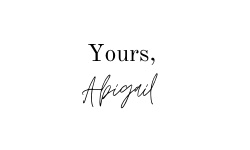
Establishing expectations is the human attempt to organize and control an unknown future. Through their formation, we banish — at least momentarily — the jarring fact of life’s uncertainty. Expectations stand as frames of reference by which we dream, plan, and make decisions. At heart, they are hospitable to our desires.
We approach life — with its endless tasks and routines — with a set of expectations. Expectations that often exist without our awareness. That we will have food, that we will sleep in a bed, that we will exist tomorrow — we see these benefits as “givens.” Because we feel we’re entitled to our home or our job, wonder vanishes from our day-to-day life. Inflexible in our measurements of time, we creatures of the 21st century do all we can to ensure our agenda, our life — in essence, our world — runs smoothly.
And yet.
There’s a hitch.
Life, it transpires, does not always tread our perfectly-cut routes. It veers off, propels forward, and Uncertainty sweeps across our path. She (Uncertainty), to employ a description from Jonathan Strange & Mr. Morrell, wears “a gown the color of storms, shadows, and rain and a necklace of broken promises and regrets.” Plans fall to pieces at her feet, routines die of neglect, and, all of the sudden, we are suspended. Frozen in time. A piercing cold grips us, the cold of inexplicable loss. We watch as the agency we clutched in forming our plans — the sense of immutability — slips through our fingers. A mere illusion, in the end.
Furthermore, the impact of shattered expectations extends into our interior world: it shakes our pillars of stability and our courtyard of hopes. Grasping the fragments of our splintered expectations, we emerge from this state of internal and external chaos with a resounding “Why me? Why now?”
When faced with the shadow of Uncertainty, two primary responses arise — pessimism and optimism. Humans naturally tend toward the extreme, thus, in tense situations, it’s no surprise when black-or-white thinking envelopes our minds. Pessimism drains the world of color, filling our heads with worst-case scenarios and the potential ulterior motives of those we interact with. It offers an escape from feeling future disappointment. “Nothing,” a pessimist reasons, “can be worse than what I’ve envisioned.”
Although pessimism is often perceived as “the harmful response,” optimism, taken to an extreme, can generate an equal amount of damage. Toxic optimism or, to use a phrase more familiar today, toxic positivity causes one to ignore the deep pain evoked by ruined expectations and hyper-focus on the “bright side.” Like pessimism, it acts as a safeguard against negative emotions. Unlike pessimism, optimism taints the world in gold. Optimists maintain the idea that the only way through grief and uncertainty is up. They don a comic mask, stifle negative feelings, and, when faced with misfortune, declare platitudes like “everything happens for a reason” or “happiness is a choice.”
Yet, in light of the uncertainty, could there perhaps be a third way out? A different approach? Could we perhaps learn to sit with uncertainty and live well in the meanwhile? And yes, in words this suggestion appears simple and straightforward. However, as my soul knows well, it is far more difficult to apply in real life.
After the chaos of this past year and even the past month (including three canceled flights), I have felt the temptation of pessimism. And I have succumbed, several times. Although it allowed me the space to pity my sudden victimhood and resent the courses my life had taken (and would, in my predictions, take), it never healed me. Rather, it deepened my sense of discontentment and helplessness.
In the end, I was forced to sit with uncertainty. First, to restore my mind. Second, to restore my soul. And the days of disorder and depths of anxiety I passed through turned out to be worth it.
By relinquishing the weight we attach to our expectations, we are able to face disappointment with resilience. By embracing uncertainty, we accept that it’s okay to not know. In short, we learn to establish plans and expectations with the awareness of life’s uncertainty.
Even when we grow accustomed to living in uncertainty, we are human and destined to experience disappointment now and then. Yet, it’s our response, and the resources we turn to that distinguishes us. From my experience, I’ve found that having a strong support system is critical in tumultuous times. Communicating with close friends and family, staying engaged in scripture, and journaling are excellent ways to process difficult situations and emotions. As for resources, I always turn to literature and music for solace.
At this moment in time, Uncertainty seems to pervade our world. From the chaos in Afghanistan to the persistent virus, we can feel suspended in unknowns, wrapped in shattered expectations. The position is agonizing, I know. But once we learn to sit with uncertainty, we can learn to live well in the meanwhile.
In times of certainty and uncertainty, joy and loss, we loosen our control on life. And, in doing so, we balance our expectations in open hands, emerging from external/internal chaos with a resounding “Life is hard and life is beautiful, and, my soul, it is okay to not know.”

What about you, dear reader? What is your approach to setting expectations? In what ways have your expectations been fulfilled/shattered? What is your response (and what resources do you turn to) in face of uncertainty?
Comment or email me your thoughts, and I’ll select some to include in my next post. 🙂

